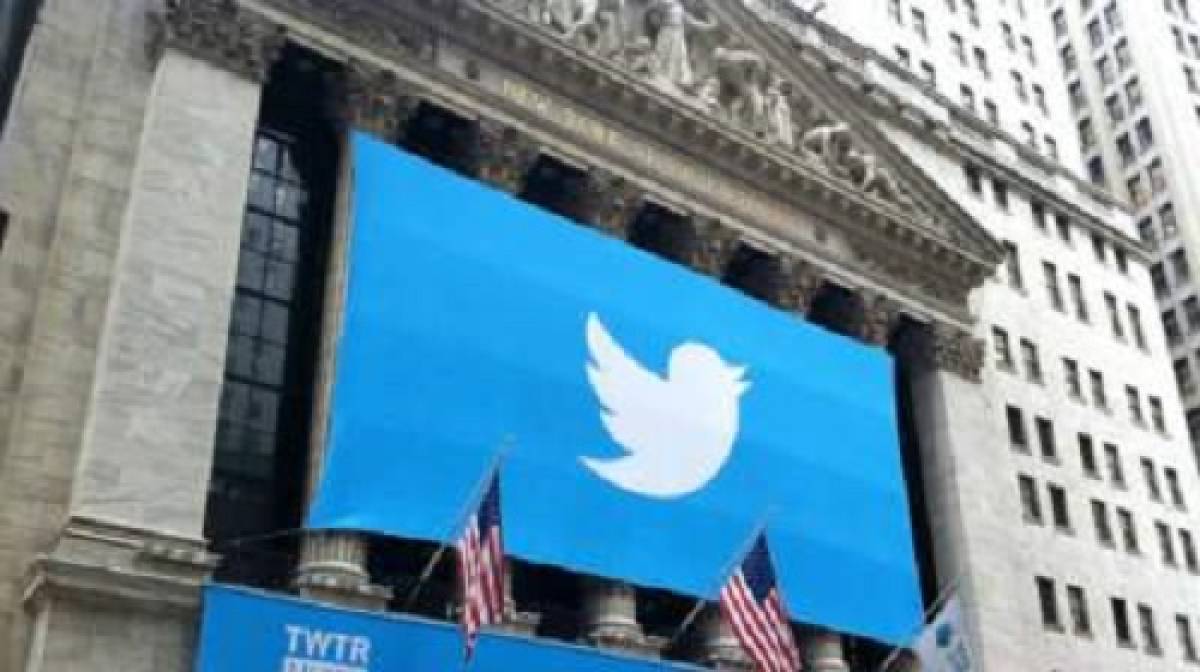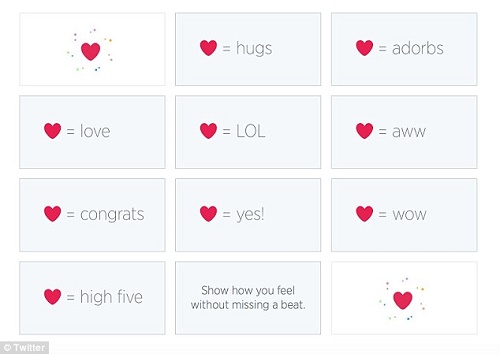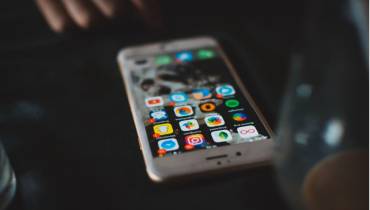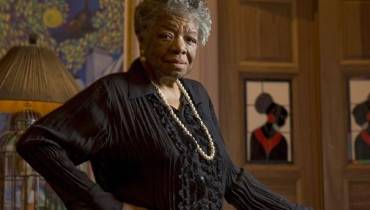Twitter Introduces 'Heart' Icon, Hopes to Win More Love

In a small and seemingly insignificant move, Twitter recently announced it is replacing the distinctive “favorites" button (a star) for a recognizable “Likes" button (a heart). Twitter’s motive? To make the social network easier to understand for new users, a quest that has taken on increasing urgency as the company struggles to entice more users to its service.
The site hasn’t added any new U.S. users this year at all. Twitter needs more people. And people like hearts, or so it hopes. For all its faults, though, the favorite button was quite unique to Twitter. It was one of those features that distinguished the service from other social media networks. Now Twitter just got a little less oblique with the change, and a little more bland.
Many Twitter users (tweeps) used the favorite button to bookmark tweets that had links for reading later. Others used the favorite to send a variety of subtle signals to authors of tweets, ranging from the love fave, to the LOL fave and the end-of-conversation fave. Of course, these signals were only clear to the person favoriting and not the intended recipient, which is perhaps why Twitter felt it had to make this change.
In the post announcing the change on its official blog, Twitter’s Product manager Akarshan Kumar explained that the company moved from starts to hearts because “not everything can be your favorite,” and because hearts have greater resonance in other cultures.
“We want to make Twitter easier and more rewarding to use, and we know that at times the star could be confusing, especially to newcomers. You might like a lot of things, but not everything can be your favorite,” she wrote. “The heart, in contrast, is a universal symbol that resonates across languages, cultures and time zones. The heart is more expressive, enabling you to convey a range of emotions and easily connect with people. And in our tests, we found that people loved it.”

The Twitter 'Hearts.'
As writers and creative people who use the microblogging site, it’s important to note that since it was launched, Twitter has added features and pulled down others at will. This always elicits great public outcry, which fades within, oh, 48 hours of so. Everything then goes back to usual.
This is not the first time Twitter is changing its built-in features and definitely won’t be the last time it does so at the whim of those running the company. Twitters CEO and former poet Jack Dorsey made this clear in his company’s last earnings call:
“So, on the road map going forward, we have a number of iterations that continue to make Twitter easier to understand and make it far more approachable than it has been in the past. And then we’re also looking at some more bold rethinking and some more bold experiences that really speak to some patterns that we’ve seen on Twitter from day one.”
Aside from that, this latest change by Twitter represents a huge paradigm shift in the world of technology, social media and culture at large. Okay, none of these changes really matters that much. At least not to you who mainly uses the service to follow your favorite blogs, writers, friends and other interesting tweeps.
What would be sad to see happen, though, is the rumor going around online that Twitter intends to abolish its 140 character limit. We love the 140 character limit. It forces people to be concise, especially those who are prone to blabber. Besides, who honestly wouldn’t agree brevity is the soul of wit?
Meanwhile, if you hate the new Twitter 'hearts,' Fav Forever app for Chrome web browser already lets you bring back the old favorite 'star' icon.
See Also: What Twitter’s New Algorithmic Timeline Means for Your Business.




















